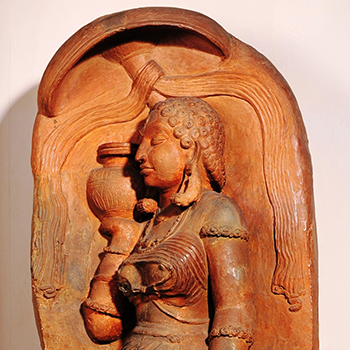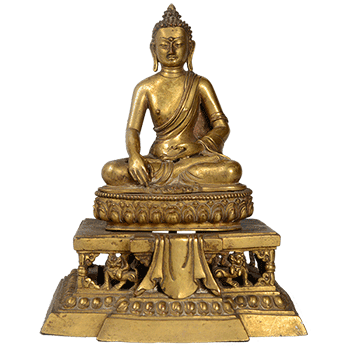The Chauhans, also known as the Chahamana dynasty, were historically a powerful community in Rajasthan. They claimed an association with the Suryavanshi or the Solar Dynasty, linking themselves to the family of Shri Ram. The most prominent King of his dynasty was their last ruler, Prithviraj Chauhan (1178–1192 CE)
































